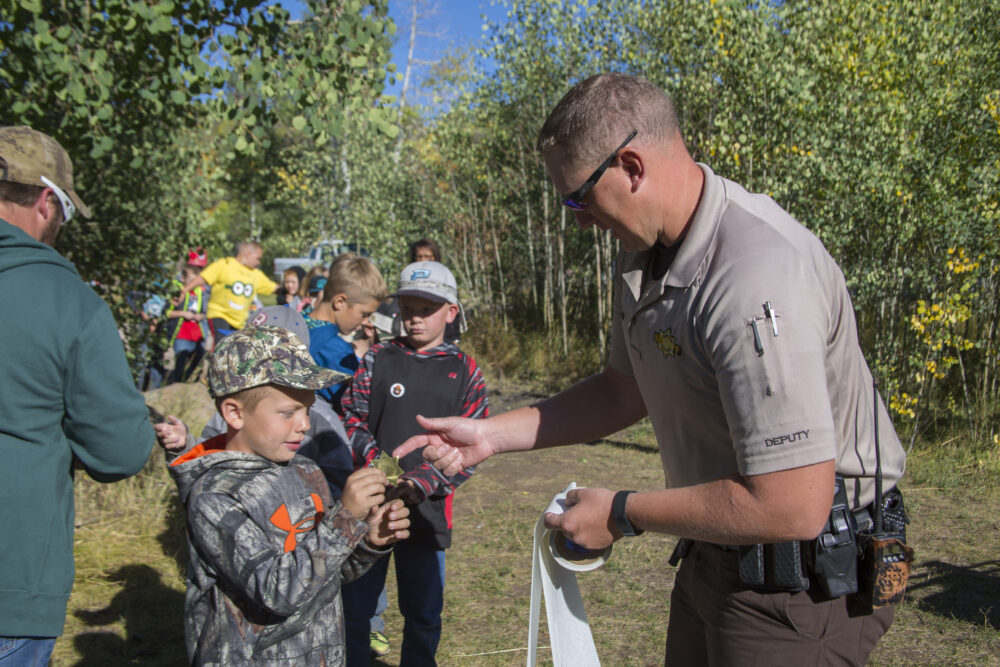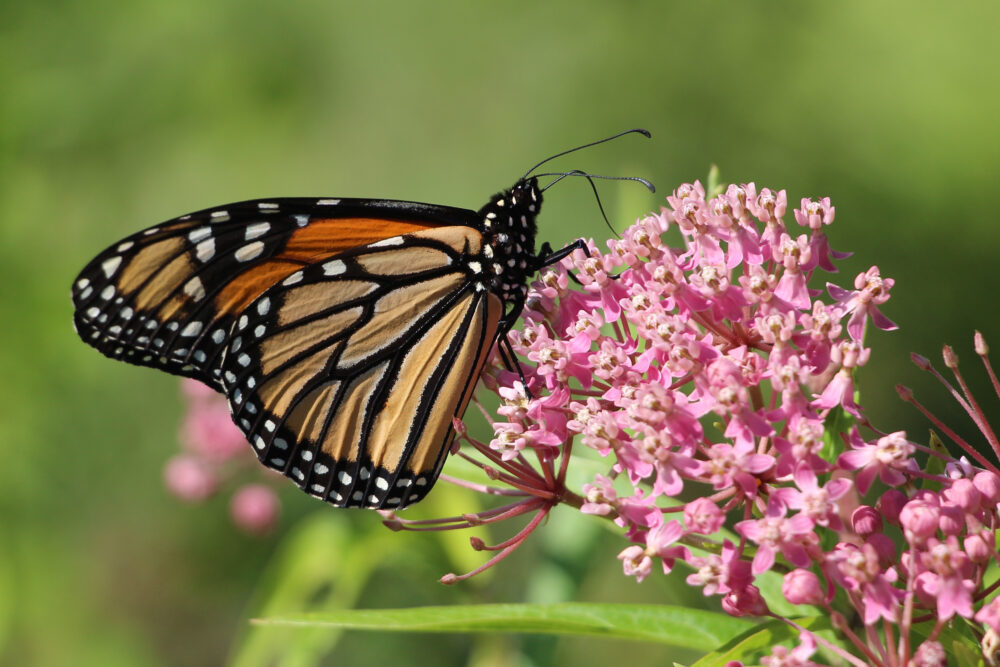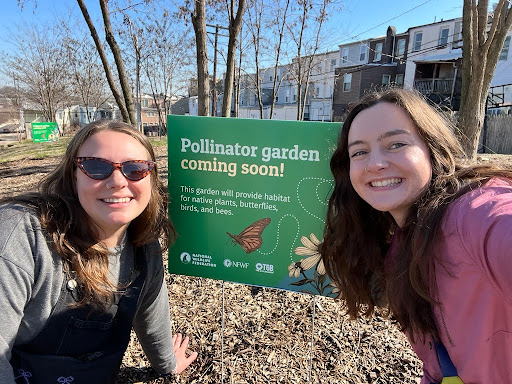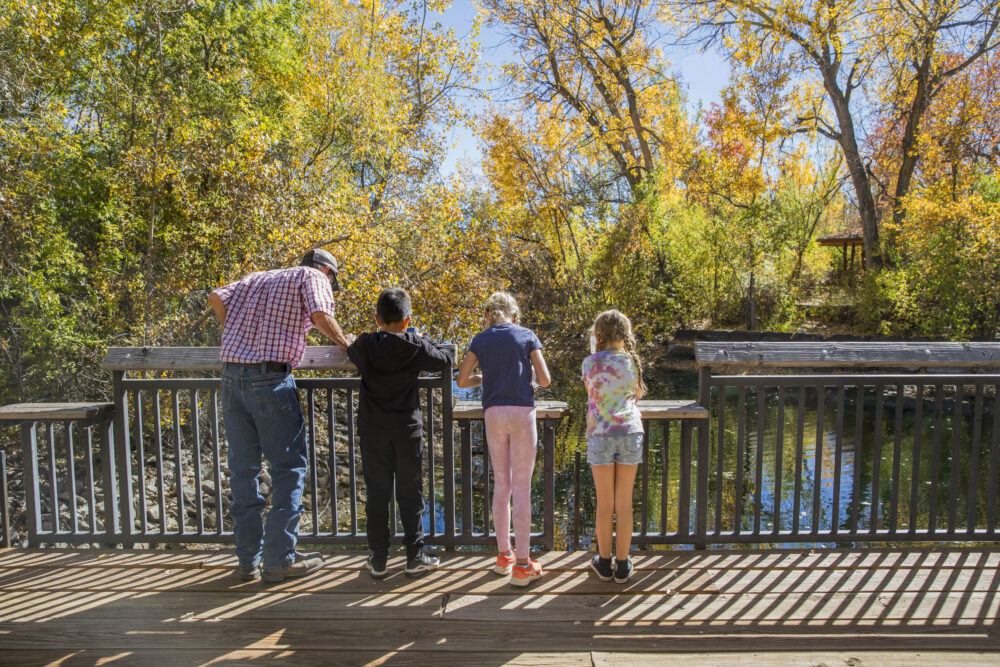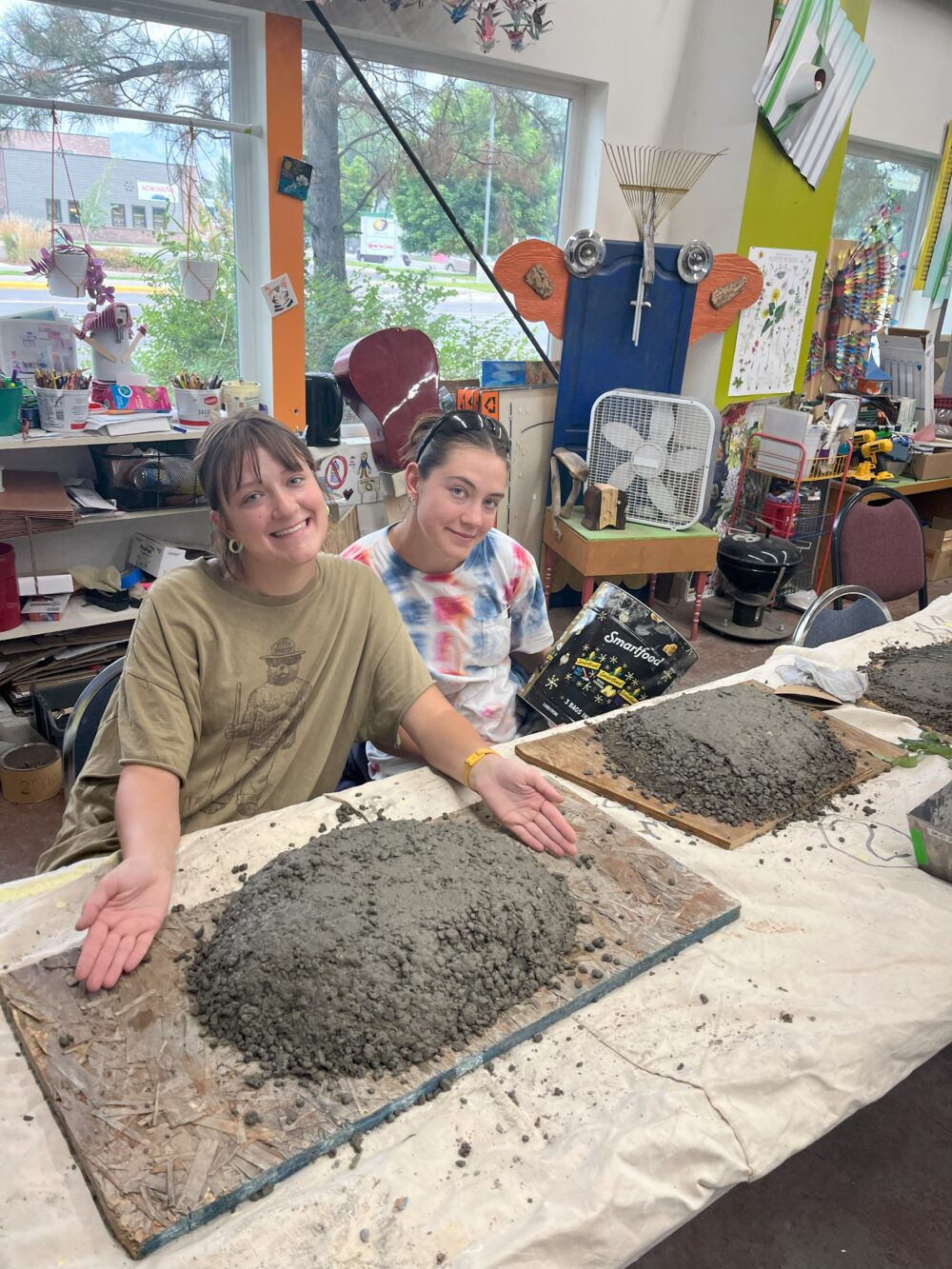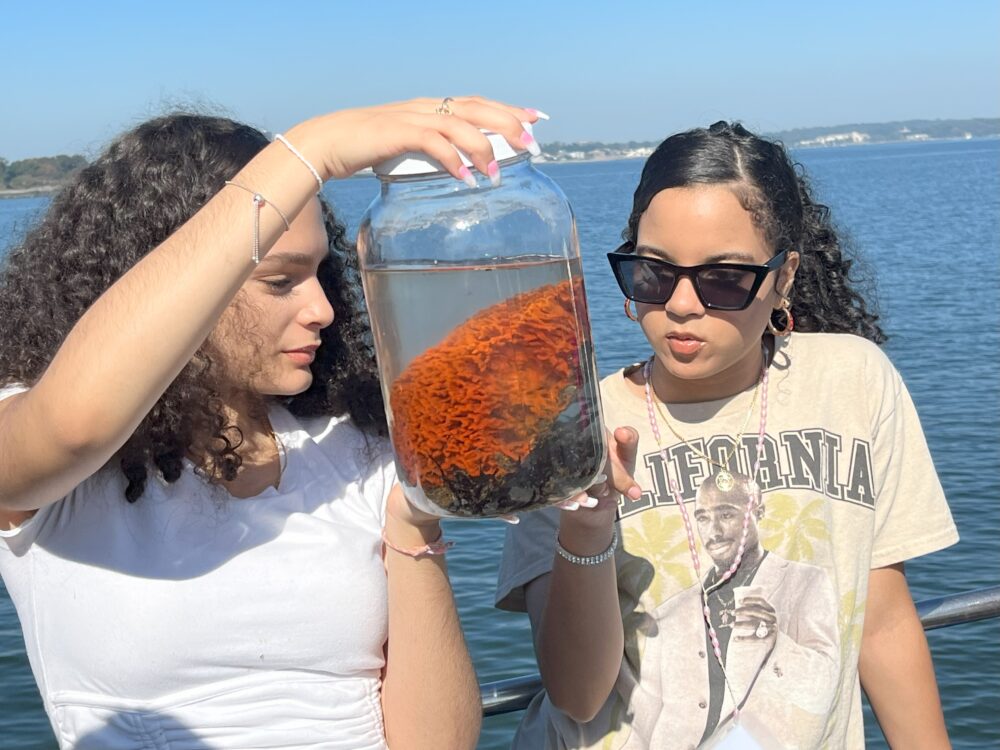We have much more to do and your continued support is needed now more than ever.
Five Ways National Wildlife Federation’s Eco-Schools USA Boosts Climate Literacy

We need more climate education in our schools.
A 2016 survey of science teachers found that, on average, American students are getting just one or two hours of climate education per year. In the schools where climate change is part of the curriculum – only 60 percent percent of schools in the country – three out of five teachers tell students that the science on climate change is a highly debated topic, even though 97 percent of climate scientists agree that climate change is happening and is caused by humans. Parents and students across the country want to see schools do more: a survey published this year found that four out of five parents would like to see climate change taught in schools.
Eco-Schools USA is working to support expanding climate literacy in our schools. Over 5,400 schools throughout the country have committed to taking school-wide action for sustainability, using the Eco-Schools USA Seven Step Framework and 12 sustainability pathways. Each of the twelve pathways supports climate literacy, as students learn how to mitigate their school’s contributions to climate change while also improving their school’s resiliency to the effects of climate change.
Here are five ways our schools are developing climate literacy and taking positive actions for the planet:
1. Learning through science-based investigation
The Climate Change Pathway leads participating Eco-Schools through a pre- and post-action audit to investigate the effects of students’ actions on their school’s carbon footprint. The schools also use the climate change pathway to promote leadership and creative solutions thinking—taking positive actions to reduce their climate impact, conserve energy, and find smarter energy solutions.
One of our Green Flag schools, Discovery Elementary in Arlington, Virginia, received a Zero Energy Building Certification from the International Living Future Institute. Check out their dashboard, which provides students with data for real-time learning opportunities.
2. Resilient Schoolyard Habitats®
With over 8,500 certified National Wildlife Federation Schoolyard Habitats®, our schools and students are making a difference by protecting and expanding habitat and increasing biodiversity for wildlife. In addition to these goals, many of our Schoolyard Habitats are also incorporating resilient features to diminish impacts brought by excess water from extreme storms, which are becoming more frequent and intense due to climate change.
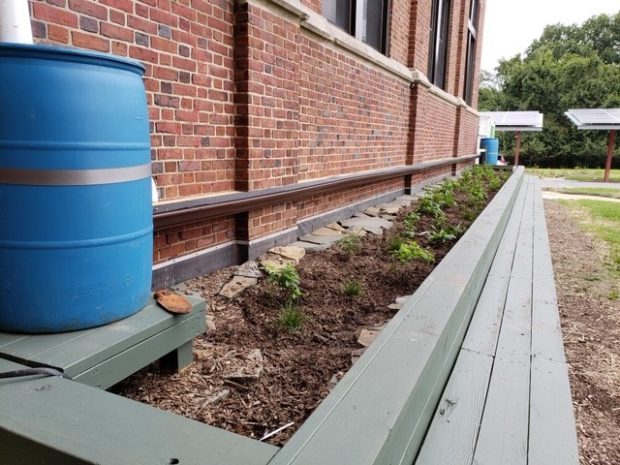
Green Street Academy in Baltimore, as part of a larger community project, installed a demonstration National Wildlife Federation Schoolyard Habitat® that included a rain garden and bioretention area. These resiliency projects greatly improved stormwater runoff in the school parking lot. In Houston, Texas after the devastating flooding from Hurricane Harvey, schoolyard habitats demonstrated the importance of nature and green spaces to a community’s healing process. As Jennifer Howell, teacher at Longfellow ES in Houston ISD remarked after the hurricane, “The butterfly garden has been an immense help to our Longfellow family as we find our new normal. The metaphor of spring rebirth is not lost on us as we watch plants spring from seeds and roots.”
3. Youth-Led Community-Based Environmental Justice
On March 15th, 2019, students from around the United States joined a global youth movement in a day of action for climate change. Inspired by 17-year old Swedish activist Greta Thunberg, and motivated by their own experience with extreme weather and other impacts of climate change, students at Driftwood Middle School in Broward County, Florida and Greenpoint Eco-Schools in Brooklyn, New York, took action in their own ways. Eco-Schools USA supported these students to educate their peers and community on the effects of climate change and the need for stronger action to combat it. Nationwide, our curricula and learning opportunities empower and engage students to play an active role in shaping a more sustainable future.
4. Making Curriculum Connections through Media Partnerships
National Wildlife Federation has been working with filmmakers for over a decade to tell the story of climate change and develop dynamic climate education curricula that correspond to the science, solutions, and pressing issues presented in the movies.
National Wildlife Federation teamed up with filmmaker Participant media to develop educator tools to accompany An Inconvenient Sequel: Truth to Power. For the Emmy-award winning series Years of Living Dangerously (YEARS Project), National Wildlife Federation created an interdisciplinary curriculum (designed for grades 6-12 and college undergraduates) to encourage students to analyze the relevance of climate change to their daily lives and take an active part in place-based solutions.
Learn more about Climate Classroom here:
Learn More!
Overall, videos and curricula from films provide real world context, introduce students to scientists and a myriad of green careers, and deepen an understanding of how climate change is altering our planet, how civil discourse and civic participation is critical, and how innovative technologies and solutions can lead all of us to a more sustainable future.
5. Creating Climate Resilient Schools and Communities
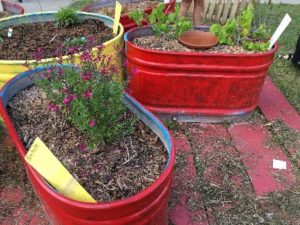
Across the country, Eco-Schools students are addressing ways to respond to extreme weather events with resilient solutions. In Houston, Texas, NWF launched the Student Resilience Ambassadors Program, an intentional approach to helping students and community members address flooding issues on their campus by designing and implementing nature-based solutions such as rain gardens and bioswales.
In 2016, National Wildlife Federation and Brooklyn College received a grant from the National Oceanic and Atmospheric Administration (NOAA) to launch the Resilient Schools Consortium (RiSC) in six New York City Eco-Schools. RiSC student teams explored their schools’ and communities’ vulnerabilities to extreme weather events, and designed and executed school-based resiliency projects. New Jersey Audubon, a National Wildlife Federation affiliate, worked with 3 coastal schools and other partners to create climate resiliency lessons and activities using the Eco-Schools USA Pathways Framework. The lessons were included in the 2017 Building Ecological Solutions to Coastal Community Hazards report.
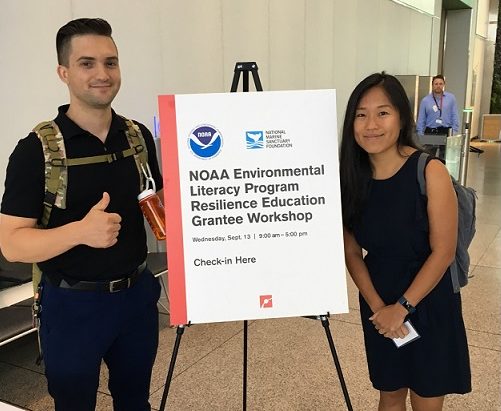
The Eco-Schools USA Framework provides all participating schools with opportunities to engage in evidence-based science investigations contributing to climate change solutions. Students work in their local community to design and implement resilient, place-based solutions, and take action to address the global climate change challenges our world faces today. Learn more about the Eco-Schools USA Program and join today.
Learn more!











